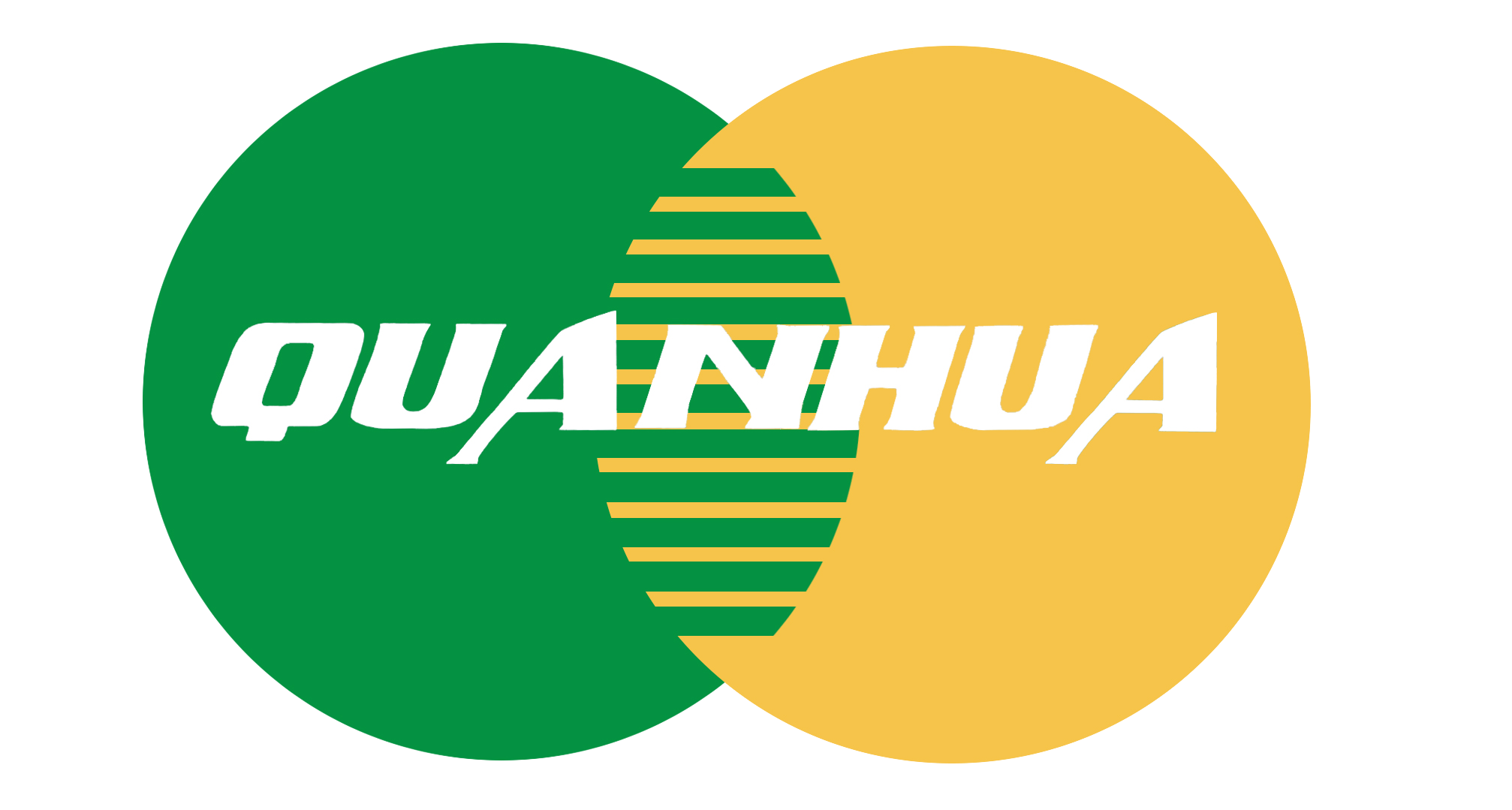Eco-Friendly Packaging Materials: A Comprehensive Guide
In today's environmentally conscious world, businesses and consumers are increasingly seeking sustainable packaging solutions to minimize their environmental impact. Eco-friendly packaging materials offer a viable alternative to traditional packaging options, reducing waste, conserving resources, and promoting a greener future. This comprehensive guide delves into the world of eco-friendly packaging materials, exploring their benefits, diverse options, and considerations for selecting the most suitable materials for your packaging needs.
The Environmental Imperative of Eco-Friendly Packaging
The traditional reliance on plastic and non-biodegradable packaging materials has raised significant environmental concerns. These materials often end up in landfills, polluting ecosystems, harming wildlife, and contributing to greenhouse gas emissions. Eco-friendly packaging materials, on the other hand, offer a more sustainable approach, addressing these environmental challenges and aligning with the principles of the circular economy.
Benefits of Embracing Eco-Friendly Packaging
・Adopting eco-friendly packaging materials offers a multitude of benefits for businesses and the environment:
・Reduced Environmental Impact: Eco-friendly materials minimize waste, conserve resources, and lower greenhouse gas emissions, contributing to a healthier planet.
・Enhanced Brand Reputation: Consumers are increasingly drawn to brands that prioritize sustainability, making eco-friendly packaging a valuable asset for brand image and reputation.
・Compliance with Regulations: Many countries and regions are implementing stricter regulations on packaging waste, making eco-friendly solutions a necessity for compliance.
・Cost Savings: In the long run, eco-friendly packaging can lead to cost savings due to reduced waste disposal fees and improved brand reputation.
Diverse Eco-Friendly Packaging Materials: A World of Options
・The realm of eco-friendly packaging materials encompasses a wide range of options, each with its unique properties and applications:
・Recycled Paper and Cardboard: These materials are derived from post-consumer waste, reducing the need for virgin resources and promoting recycling.
・Plant-Based Materials: Materials like bagasse (sugarcane byproduct), bamboo, and cornstarch offer renewable and biodegradable alternatives to plastic.
・Compostable Materials: These materials, such as PLA (polylactic acid) and PHA (polyhydroxyalkanoates), break down naturally into organic matter, reducing landfill waste.
・Reusable Packaging: Reusable containers, such as glass jars and metal tins, eliminate the need for single-use packaging, minimizing waste generation.
Considerations for Selecting Eco-Friendly Packaging Materials
When choosing eco-friendly packaging materials, it is crucial to consider several factors:
・Product Compatibility: Ensure the material is compatible with the product being packaged, considering factors like moisture resistance, grease tolerance, and shelf life requirements.
・Strength and Durability: Choose materials that can withstand the rigors of transportation, storage, and handling to protect the product during its journey.
・Sustainability Credentials: Verify the material's environmental certifications and its alignment with sustainability standards to ensure its authenticity.
・Cost-Effectiveness: Evaluate the overall cost of the packaging solution, considering material costs, production processes, and potential savings from waste reduction.
Conclusion
Eco-friendly packaging materials have emerged as a game-changer in the packaging industry, offering a sustainable and responsible alternative to traditional options. By understanding the environmental benefits, exploring the diverse material choices, and carefully considering selection criteria, businesses can make informed decisions that align with their packaging needs and environmental commitments.

